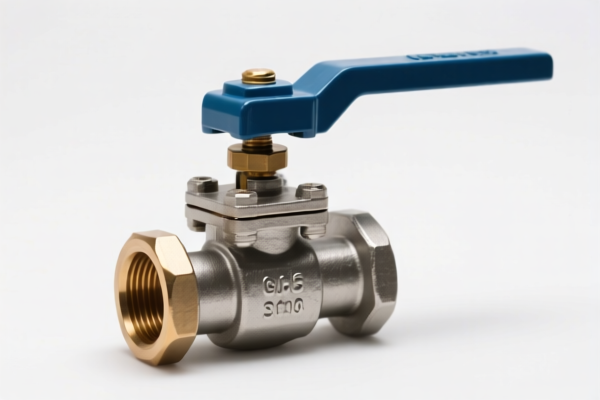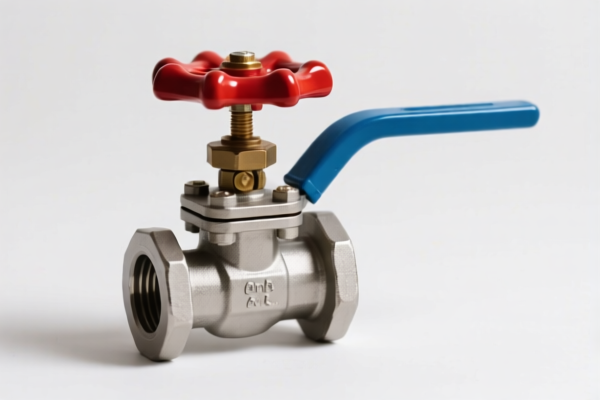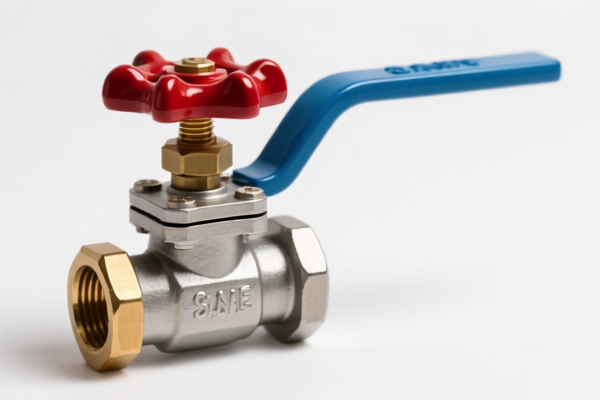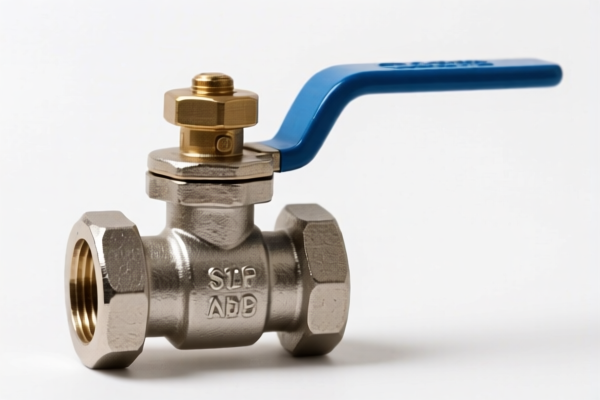| HS Code | Official Doc | Tariff Rate | Origin | Destination | Effective Date |
|---|---|---|---|---|---|
| 8481100020 | Doc | 57.0% | CN | US | 2025-05-12 |
| 8481809005 | Doc | 57.0% | CN | US | 2025-05-12 |




Valve
A valve is a mechanical device designed to control the flow of fluids (liquids, gases, or slurries) by opening, closing, regulating, or directing them within a system. They are fundamental components in numerous industrial, residential, and commercial applications.
Material
Valves are constructed from a wide variety of materials depending on the application's requirements, including:
- Brass: Common for potable water systems due to its corrosion resistance and affordability.
- Stainless Steel: Used in corrosive environments, high-temperature applications, and sanitary processes. Grades 304 and 316 are frequently employed.
- Ductile Iron: Provides strength and durability for large-diameter pipelines and water/wastewater systems.
- Carbon Steel: Cost-effective for non-corrosive applications, often coated for protection.
- PVC/CPVC: Lightweight, corrosion-resistant plastics used in irrigation, drainage, and chemical processing.
- Bronze: Offers good corrosion resistance and is often used in marine applications.
- Alloys: Specialized alloys like Hastelloy or Monel are used for extremely corrosive or high-temperature fluids.
Purpose & Function
The primary purpose of a valve is to control fluid flow. This control can be achieved through several functions:
- Isolation: Completely stopping fluid flow (e.g., gate valves, ball valves).
- Regulation: Adjusting the flow rate (e.g., globe valves, needle valves).
- Directional Control: Directing fluid flow through different paths (e.g., check valves, diverter valves).
- Pressure Control: Maintaining a specific pressure within a system (e.g., pressure reducing valves, safety valves).
Usage Scenarios
Valves are ubiquitous and found in:
- Plumbing: Controlling water flow in homes and buildings.
- Industrial Processes: Chemical plants, oil refineries, power generation, manufacturing.
- HVAC Systems: Controlling the flow of refrigerant and water.
- Automotive Industry: Engine control, fuel systems, exhaust systems.
- Irrigation Systems: Controlling water distribution in agriculture.
- Wastewater Treatment: Managing flow and pressure in treatment facilities.
Common Types
- Gate Valve: Provides full flow when open, but are not suitable for throttling. Often used for isolation.
- Globe Valve: Excellent for throttling and flow regulation, but creates more pressure drop.
- Ball Valve: Offers quick shut-off and is suitable for both isolation and control.
- Butterfly Valve: Lightweight and cost-effective, used for large-diameter pipelines.
- Check Valve: Allows flow in one direction only, preventing backflow.
- Needle Valve: Precise flow control, used in instrumentation and laboratory applications.
- Plug Valve: Simple and reliable, used for isolation and control.
- Safety Valve: Automatically releases pressure when it exceeds a set limit, preventing damage to the system.
- Pressure Reducing Valve: Reduces high inlet pressure to a lower, controlled outlet pressure.
- Diverter Valve: Directs fluid flow between multiple paths.
- Control Valve: Modulates flow based on a signal from a controller.
The declared goods, “the valve”, fall under the category of taps, cocks, valves and similar appliances for pipes, boiler shells, tanks, vats or the like, including pressure-reducing valves and thermostically controlled valves; parts thereof. Based on the provided reference material, the following HS codes are relevant:
- 8481100020: This HS code specifically covers pressure-reducing valves of the hydraulic fluid power type. The first two digits, '84', indicate machinery and mechanical appliances. '81' denotes valves, taps and similar appliances. '1000' further specifies pressure-reducing valves, and '20' indicates hydraulic fluid power type. The total tax rate is 57.0%, comprised of a 2.0% basic tariff and a 25.0% additional tariff, increasing to 30.0% after April 2, 2025.
- 8481809005: This HS code covers other appliances, specifically solenoid valves. '84' represents machinery and mechanical appliances, '81' denotes valves, taps and similar appliances. '80' further specifies other appliances, and '9005' indicates solenoid valves. The total tax rate is 57.0%, consisting of a 2.0% basic tariff and a 25.0% additional tariff, increasing to 30.0% after April 2, 2025.
According to the provided reference material, the HS code options related to 'the valve' are limited, with only the following 2 found.
Customer Reviews
No reviews yet.